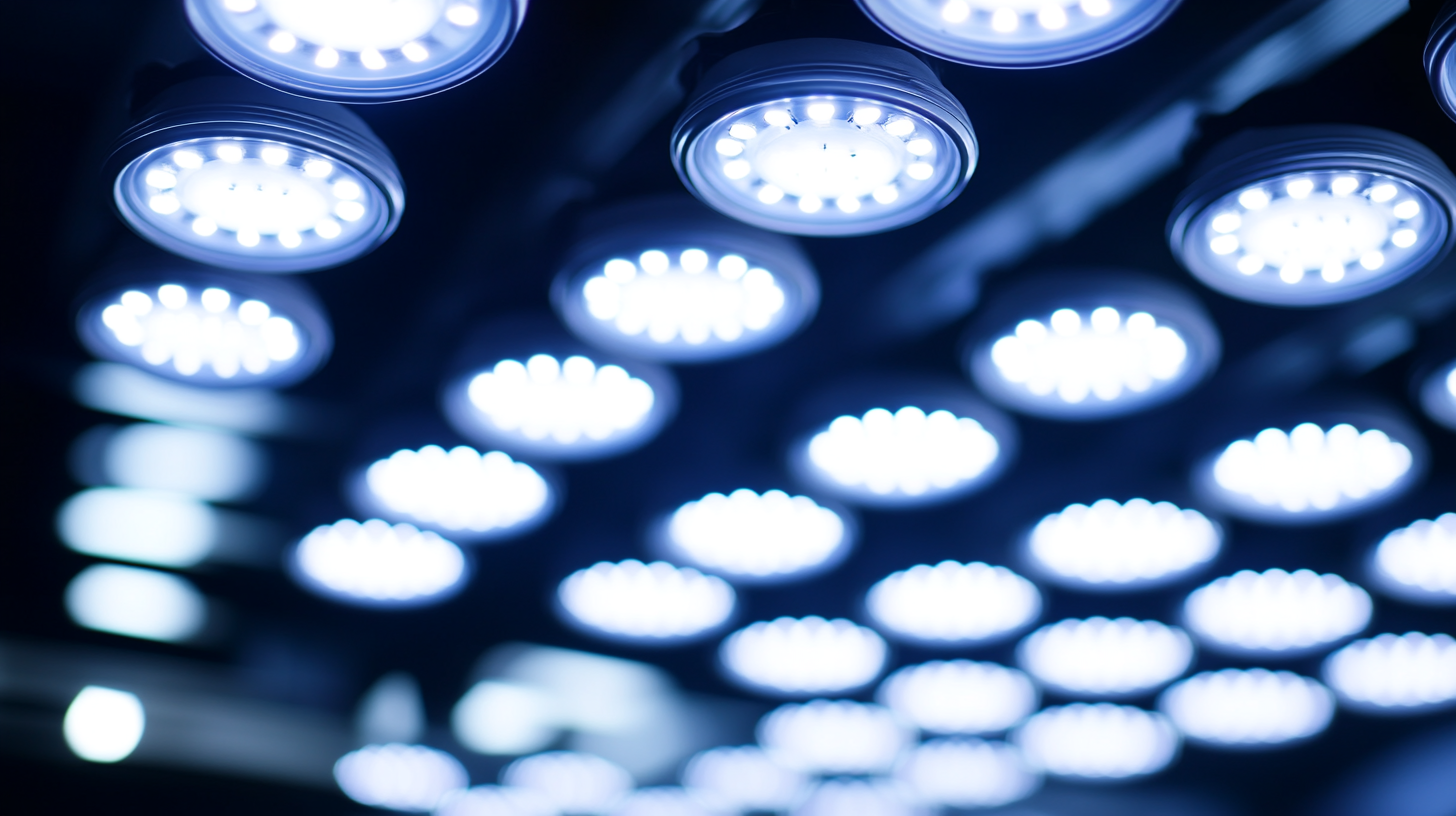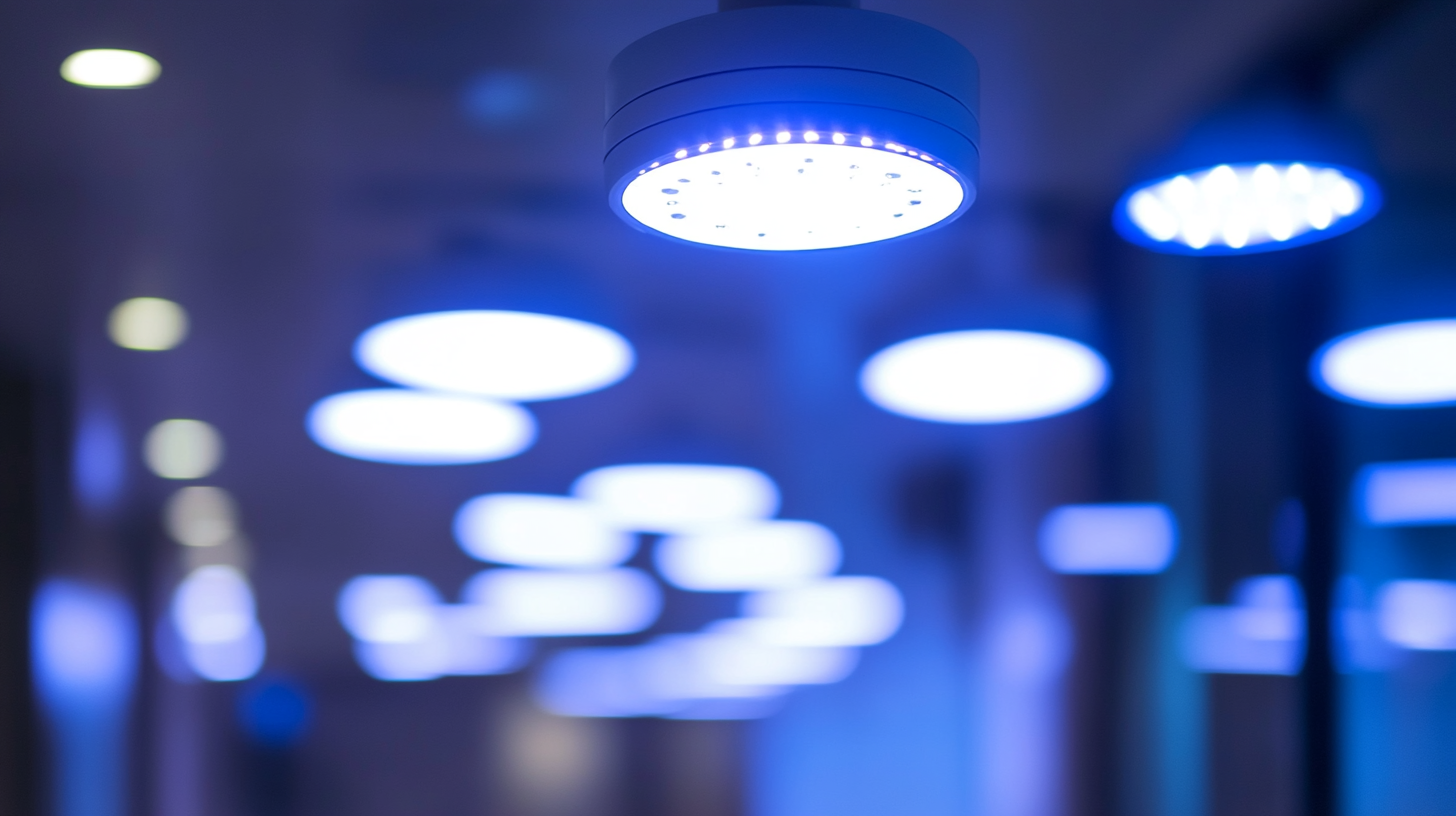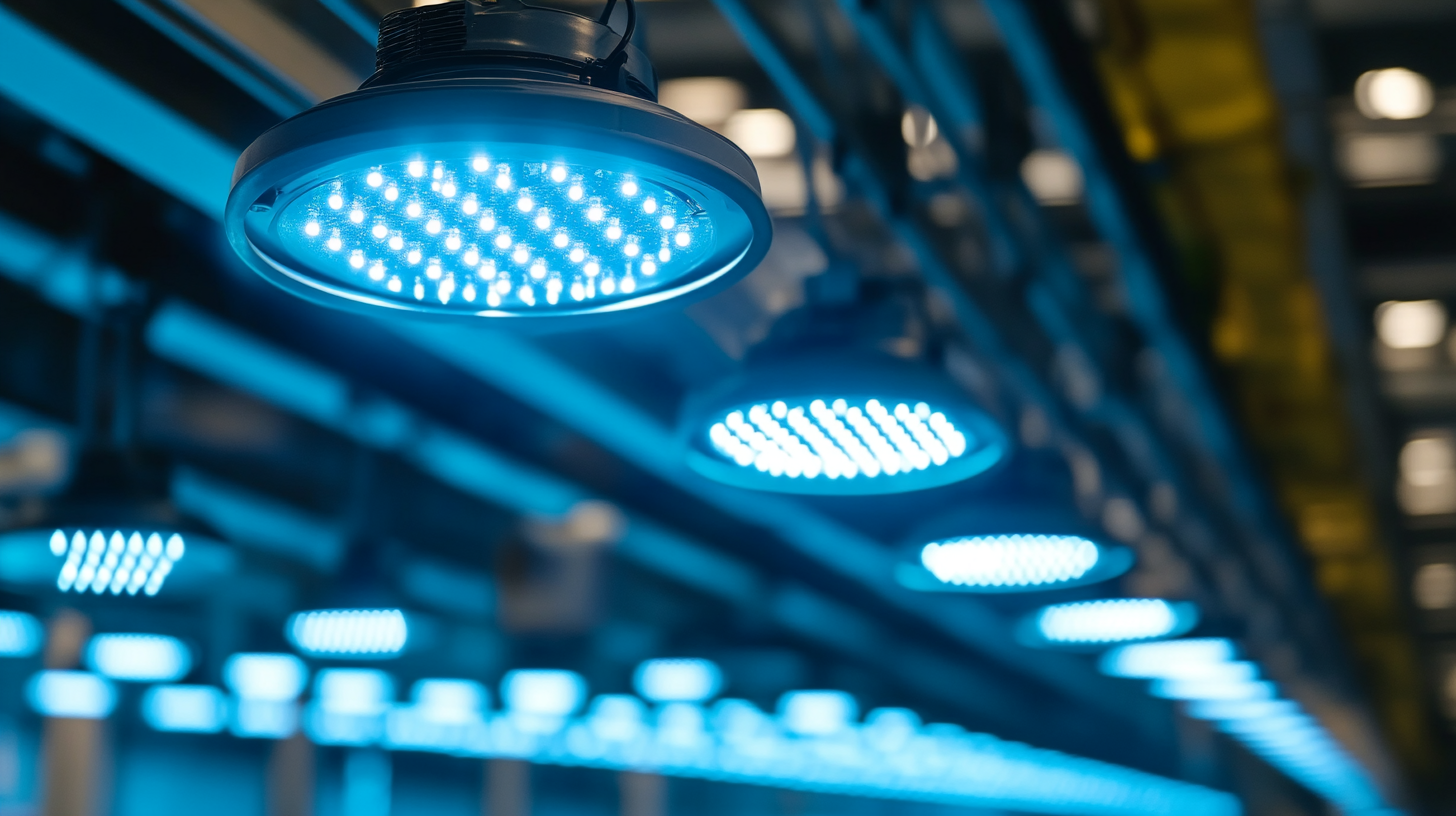Maximizing Energy Efficiency with Led Spotlights Global Market Trends and Future Projections
In recent years, the push for energy efficiency has gained significant momentum, with LED spotlights emerging as a key player in lighting solutions worldwide. As consumers and businesses alike become increasingly aware of their environmental footprint, the transition from traditional lighting options to LED technologies presents not only an eco-friendly alternative but also a cost-effective strategy. The global LED spotlight market is witnessing a remarkable shift as innovations in design and functionality meet the growing demand for sustainable practices. This blog will explore the current market trends surrounding LED spotlights, highlighting their advantages in energy conservation and longevity compared to their incandescent and fluorescent counterparts.
Looking ahead, the future projections for LED spotlights remain optimistic, driven by advancements in technology and a heightened focus on energy efficiency across various sectors. As cities evolve towards smart lighting solutions and renewable energy integration, LED spotlights are positioned to play a pivotal role in enhancing urban environments while reducing energy consumption. This blog aims to provide insights into the dynamics of the LED spotlight market, examining key trends, challenges, and opportunities that will shape the industry's landscape in the years to come. By understanding the implications of these trends, stakeholders can harness the potential of LED spotlights to maximize energy efficiency and contribute to a sustainable future.

Current State of the LED Spotlight Market: Key Players and Innovations
The LED spotlight market has undergone significant transformations in recent years, driven by advancements in technology and growing demand for energy-efficient lighting solutions. Key players in this sector include prominent manufacturers like Philips, Osram, and Cree, who consistently innovate by enhancing the performance and longevity of their products. These companies have been focusing on integrating smart technology into their LED spotlights, allowing for remote control and automation that aligns with the trends of smart homes and energy management systems.
Innovations in LED spotlight design have led to varied applications across different sectors, from residential to commercial and industrial uses. Enhanced beam control and color rendering capabilities have made these fixtures not only efficient but also aesthetically pleasing. In addition, the development of eco-friendly materials in manufacturing processes reflects an industry-wide commitment to sustainability. As LED technology continues to advance, we can expect even more versatile options that cater to diverse lighting needs.
Emerging market trends show a growing preference for dimmable and tunable white LED spotlights, enabling users to adjust lighting intensity and color temperature according to their preferences. This flexibility is particularly appealing in spaces such as art galleries and hospitality venues where mood and ambiance are essential. Furthermore, the increasing awareness of energy conservation among consumers is expected to drive the demand for LED solutions, posing opportunities for new entrants in the market to innovate and capture untapped segments.
Impact of Energy Efficiency Regulations on LED Spotlight Adoption
The global shift toward energy efficiency has become increasingly significant, particularly in the context of lighting. Energy efficiency regulations play a pivotal role in the adoption of LED spotlights. Governments worldwide are implementing stricter guidelines aimed at reducing energy consumption and greenhouse gas emissions, thus propelling the demand for LED technology. These regulations not only encourage manufacturers to innovate and enhance the efficiency of their products but also sway consumers towards more sustainable options, making LED spotlights a favorable choice in residential and commercial sectors.
As energy efficiency standards evolve, many countries are phasing out traditional incandescent bulbs in favor of more energy-efficient solutions like LED spotlights. These regulations often provide incentives such as tax rebates or subsidies, making the switch to LED more economically appealing for consumers and businesses alike. The environmental awareness surrounding energy usage further amplifies this trend, encouraging a culture that values sustainability and energy conservation. Consequently, the market for LED spotlights is projected to grow, driven by both regulatory pressures and consumer preferences for greener alternatives.
In addition to regulatory frameworks, the advancements in LED technology itself have made significant strides in efficiency, brightness, and longevity. As these technologies become more cost-effective, adoption rates are expected to increase, leading to a more widespread transition to LED spotlights. Emphasizing energy efficiency not only supports regulatory compliance but also aligns with broader sustainability goals, creating a win-win scenario for both consumers and the environment.

Consumer Preferences: Factors Driving the Shift to LED Spotlights
As consumer awareness grows concerning energy consumption and environmental sustainability, the shift towards LED spotlights is becoming increasingly prominent. One of the significant factors driving this change is the enhanced energy efficiency offered by LED technology. Unlike traditional incandescent or halogen bulbs, LED spotlights consume significantly less energy while providing the same, if not superior, levels of brightness. This efficiency translates into lower electricity bills and a reduced carbon footprint, making LED lighting an attractive option for eco-conscious consumers.
Moreover, the longevity of LED spotlights plays a critical role in influencing consumer preferences. With a lifespan that can exceed 25,000 hours, LED bulbs require far less frequent replacements compared to traditional lighting options. This durability not only appeals to budget-minded consumers but also minimizes waste, reflecting a growing trend towards sustainable living. The cost-effectiveness of LED spotlights, coupled with their environmental benefits, positions them as the clear choice for modern households and businesses.
Aesthetic considerations also drive the popularity of LED spotlights. With advancements in design and functionality, these lights are available in various styles, colors, and directional features, allowing consumers to tailor their lighting to their specific needs. Whether for residential settings or commercial applications, LED spotlights provide versatility and visual appeal, making them a preferred option for those looking to enhance ambiance while prioritizing energy savings. As these trends continue to evolve, the market for LED lighting is set to expand, further reinforcing consumer preferences towards more energy-efficient solutions.
Consumer Preferences Driving the Shift to LED Spotlights
Future Projections: Technological Advances in LED Lighting Solutions
The future of LED lighting is witnessing a remarkable transformation driven by technological advances and sustainability goals. As global demand for energy-efficient solutions escalates, innovations in LED technology are set to reshape how we illuminate our spaces. Companies are increasingly leveraging automotive-grade technology to enhance light quality and performance, ensuring that general lighting is adaptable, efficient, and aesthetically pleasing. This shift not only optimizes energy usage but also aligns with the broader objectives of sustainable development.
Integrating smart technologies has become pivotal. The rise of Power Over Ethernet (PoE) lighting systems exemplifies this trend, offering seamless integration with smart city infrastructures. As cities evolve, the ability to connect lighting systems with renewable energy sources and intelligent applications presents a wealth of opportunities for improved energy management and reduced carbon footprints. The collaboration between tech-driven organizations to innovate in lighting solutions is crucial for a sustainable urban future.
Moreover, the lighting market is projected to see significant growth, with an estimated value reaching over $155 billion by 2032. This growth is fueled by consumer demand for smart, adaptable lighting solutions in both residential and commercial sectors. As sustainability continues to be a priority, the focus will remain on creating lighting systems that enhance user experience while minimizing environmental impact—representing a bright future for LED innovations.

Global Market Trends: Regional Insights and Growth Opportunities
The global K12 education market is witnessing significant transformations, fueled by advances in technology and changing educational paradigms. As regional insights reveal, various markets around the world are adapting to the increasing need for personalized learning experiences and digital resources. Countries with robust technological infrastructure are leading the way, creating opportunities for educational products and services that enhance student engagement and performance.
Furthermore, the demand for online and blended learning models is reshaping how education is delivered in diverse regions. As economies recover and evolve post-pandemic, there's a notable shift towards integrating more flexible education systems that cater to both in-person and remote learning environments. This presents ample growth opportunities for companies entering or expanding within the K12 sector.
As we look ahead, the growth trajectory of the K12 education market aligns closely with emerging educational technologies. Companies that innovate, particularly those focusing on AI and adaptive learning solutions, are positioned to thrive. Additionally, as educational policies continue to adapt to modern needs, significant investment in digital infrastructure within various regions enhances the potential for sustained growth in this dynamic market.
Maximizing Energy Efficiency with Led Spotlights Global Market Trends and Future Projections
| Region | Market Size (2023) | CAGR (2024-2028) | Key Growth Drivers |
|---|---|---|---|
| North America | $1.5 Billion | 6.5% | Technological advancements, increasing adoption of energy-efficient lighting |
| Europe | $1.2 Billion | 5.8% | Supportive government policies, growing awareness of energy conservation |
| Asia Pacific | $2 Billion | 7.5% | Urbanization, increased construction activities |
| Latin America | $0.5 Billion | 4.2% | Growing investments in infrastructure projects |
| Middle East & Africa | $0.3 Billion | 5.0% | Rapid urbanization, increasing energy costs |
Quality Commercial LED Lighting specializing in LED Tubes, LED Bulbs, LED Troffers, LED Door Kits, LED Retrofit Kits, LED Panels, LED Spot Lights, LED Wall Packs, LED Lamps, LED Drivers, LED Accessories, LED Lights, LED Sales, and LED Manufacturing. Headquartered in Atlanta, Georgia, USA.
